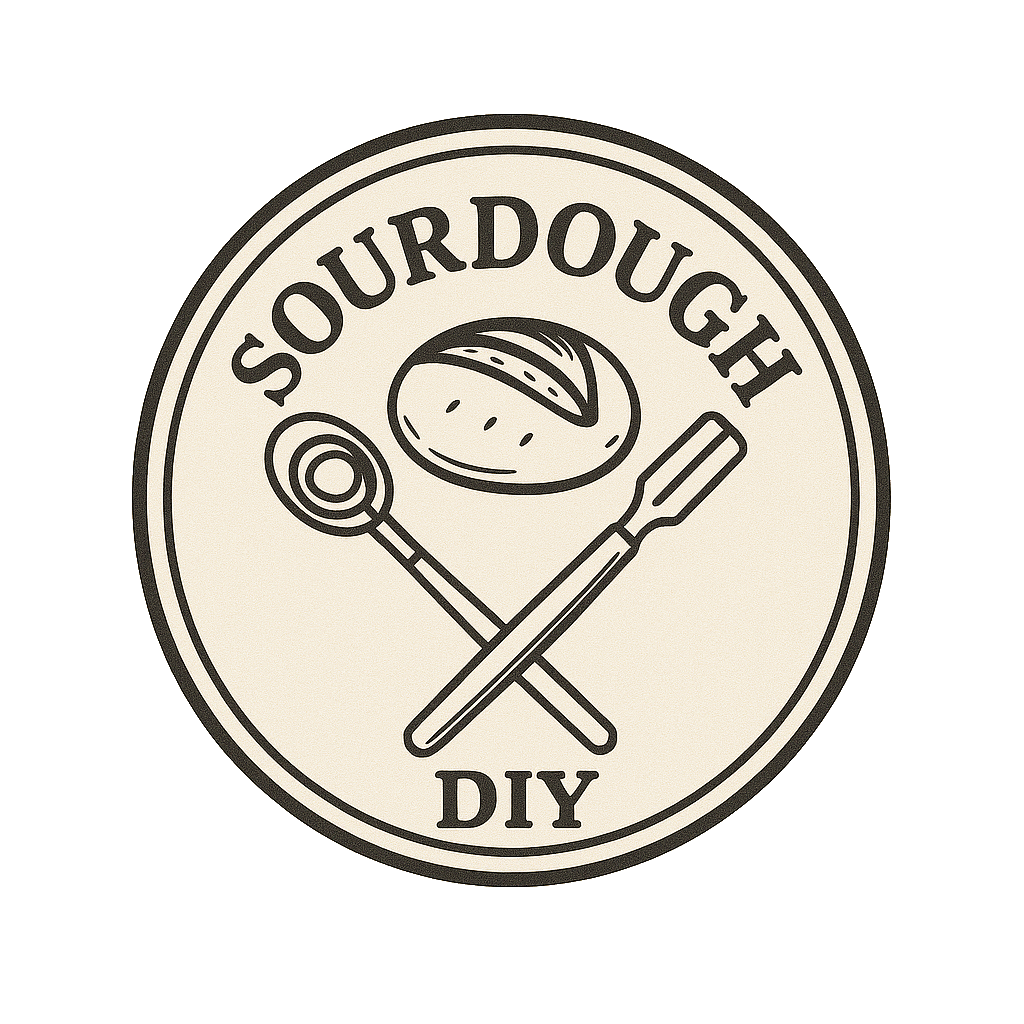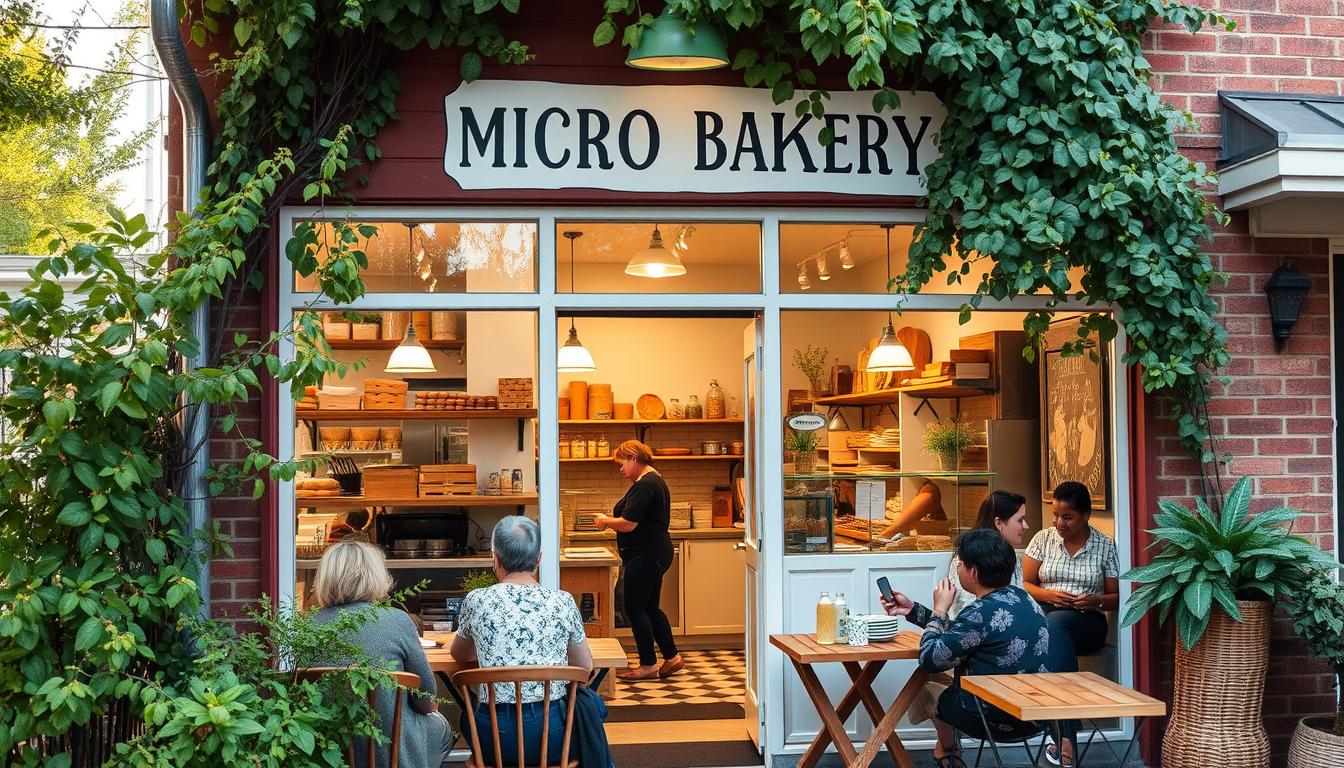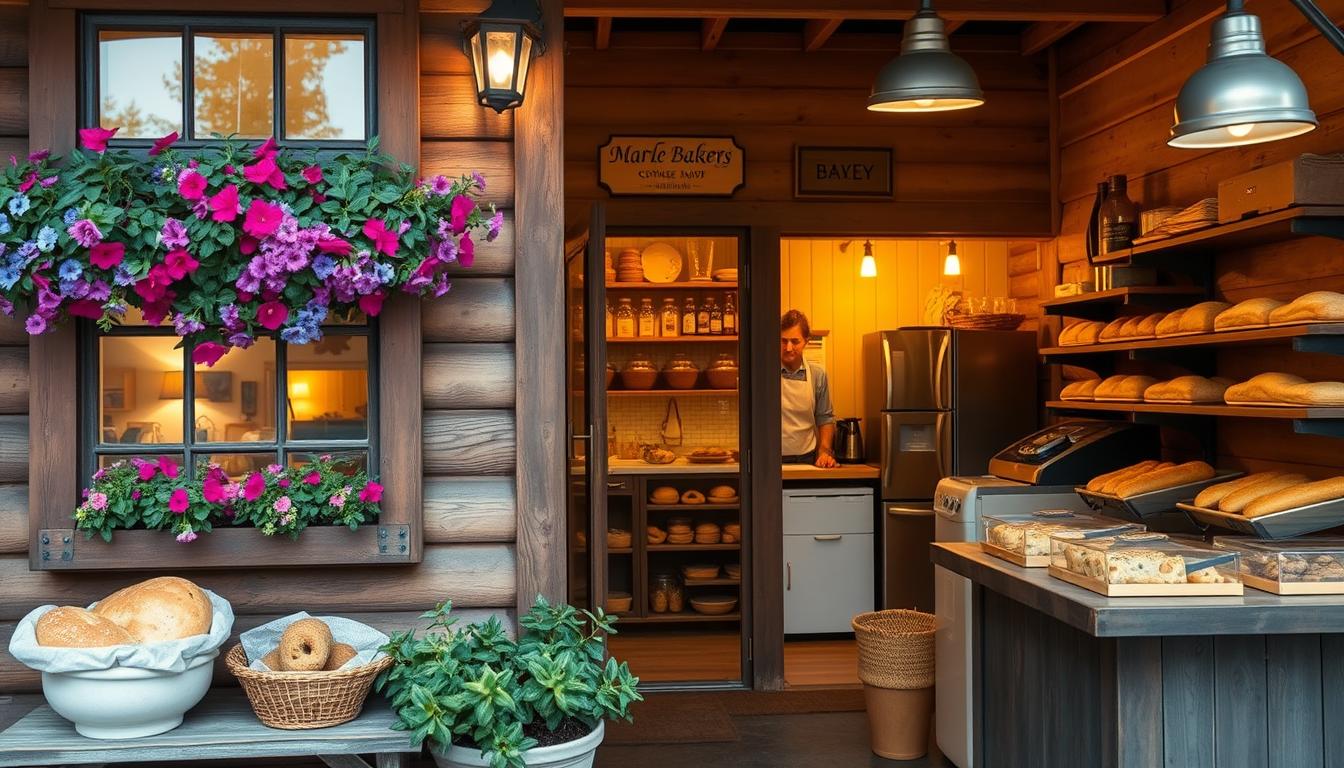Thanks to Ohio’s cottage food laws, you can operate a cottage bakery Ohio customers can enjoy without needing a commercial license. This enables you to produce and sell specific non-potentially hazardous food items from the comfort of your home. Governed by the Ohio Department of Agriculture, these laws ensure food safety and proper labeling, creating an accessible route to enter the local market with a home bakery license Ohio regulations support.
Key Takeaways
- Ohio’s Cottage Food Laws allow you to start a micro bakery Ohio venture from home.
- You do not need a commercial food license to operate under these guidelines.
- Compliance with Ohio’s cottage food laws is managed by the Ohio Department of Agriculture.
- Only specific, non-potentially hazardous food items can be produced and sold.
- Proper labeling is crucial to meet legal requirements.
- This framework facilitates direct sales to consumers at local markets or from your home.
Understanding Ohio’s Cottage Food Laws
Ohio’s cottage food laws are designed to foster small-scale food entrepreneurship by allowing Ohioans to produce and sell certain types of homemade food products. These laws, codified under the Ohio Revised Code, are enforced by the Ohio Department of Agriculture. This section will guide you through an understanding of these regulations and how they apply to your micro bakery business.
What Are Cottage Food Laws?
Cottage food laws are regulations that permit individuals to prepare and sell homemade food products that are considered non-potentially hazardous. These laws are intended to boost economic opportunities for small-time food producers by simplifying the process of selling food from home in Ohio.
Key Provisions of Ohio’s Cottage Food Laws
Some key provisions of the cottage food law in Ohio include clear distinctions between potentially hazardous and non-potentially hazardous foods. The Ohio Department of Agriculture clearly outlines the requirements for both categories. For non-potentially hazardous foods, such as bread, cookies, and fruit pies, the regulations are more lenient, whereas the production and sale of potentially hazardous items like dairy or meat products necessitate additional licensing and compliance checks.
Compliant Food Products
Under Ohio’s cottage food law, certain homemade foods are deemed non-potentially hazardous and thus eligible for home production and sale. Examples include baked goods that do not require refrigeration, such as bread, cookies, and fruit pies. However, foods that are potentially hazardous or require temperature control, such as cream pies and custards, are not permitted without additional licensing.
The cottage food law in Ohio allows entrepreneurial individuals to sell food from home in Ohio, provided they adhere to the stipulated guidelines. By understanding and complying with these regulations, you can successfully operate your micro bakery business and provide safe, homemade food to your community.
Setting Up Your Home Kitchen
To launch your own home bakeries Ohio, it’s essential to set up a compliant and organized home kitchen. Adhering to food safety standards is crucial. Even though inspections by the local health department are not mandatory for ohio cottage food operations, maintaining a clean workspace is non-negotiable.
Start with a thorough deep cleaning of your kitchen area. Ensure all surfaces, including countertops, shelves, and floors, are free from contaminants. Proper ingredient storage is particularly important for a successful cottage food production operation. Use sealed, labeled containers to keep ingredients fresh and safe from pests.

The cornerstone of a successful home kitchen setup in Ohio involves minimizing risks of cross-contamination. Dedicate specific utensils, mixing bowls, and equipment strictly for baking to avoid contact with other household activities. This specific focus enhances food safety and ensures the highest quality production.
Another key aspect of an ohio cottage food production operation is to use one stove or oven primarily for personal household cooking. This ensures that your home kitchen setup stays within the guidelines of Ohio’s Cottage Food Laws, avoiding any complications.
| Essential Tips | Best Practices |
|---|---|
| Maintain a clean kitchen | Deep clean all surfaces regularly |
| Proper ingredient storage | Use labeled, sealed containers |
| Avoid cross-contamination | Utilize dedicated kitchen tools |
| Adhere to production limitations | Use one stove or oven for personal use only |
Adopting these practices not only ensures compliance with Ohio’s Cottage Food Laws but also reinforces your commitment to delivering high-quality baked goods. Such meticulous attention to detail will undoubtedly help your home bakeries Ohio thrive and build a strong reputation.
Labeling and Packaging Requirements
Ensuring proper labeling and packing is paramount for compliance with Ohio’s Cottage Food Laws. It not only enhances consumer transparency but also builds trust in the products. Let’s delve into the essential requirements and guidelines.

Nutritional Information
While it is optional to include nutritional information on cottage food labels, doing so can significantly boost consumer confidence in your products. Transparent nutritional information enriches the customer experience, offering them insights into what they are consuming.
Labeling Each Unit
Cottage food labeling must adhere to specific labeling requirements, including the producer’s name and address, a statement indicating that the product is home-produced, and a comprehensive ingredient list highlighting potential allergens. Adhering to these labeling requirements ensures compliance and fosters customer trust.
FDA Food Labeling Guide Compliance
Compliance with the FDA food labeling guide, outlined in 21 CFR Part 101, is crucial. This rule ensures that labels are thorough and transparent, protecting consumers and building trust in home food packaging. Aligning with the FDA food labeling guide helps producers meet national standards, reinforcing product reliability.
| Label Component | Requirement |
|---|---|
| Producer’s Name and Address | Must be clearly stated on the label |
| Home-Produced Declaration | Essential declaration of the product being home-produced |
| Ingredient List | Complete list with allergen information |
| Nutritional Information | Optional but recommended for transparency |
By adhering to these detailed labeling requirements, producers ensure their products meet state laws and customer expectations, enhancing home food packaging and overall market credibility.
Cottage Food Laws Ohio
The Ohio Revised Code Cottage Food directives allow individuals to initiate micro-businesses from their home kitchens without adhering to the stringent regulations required for large-scale commercial food operations. This legislation supports the production of cottage foods Ohio while ensuring public health protection.
Under this framework, a cottage food producer Ohio can manufacture and sell non-potentially hazardous foods that do not require refrigeration or other forms of temperature control to remain safe for consumption. These include baked goods, jams, jellies, candy, and other similar items.
The table below outlines some key features of the Ohio cottage food laws for easy reference:
| Feature | Description |
|---|---|
| Regulating Body | Ohio Department of Agriculture |
| Allowed Foods | Baked goods, jams, jellies, candy, etc. |
| Sales Environment | Direct to consumer sales only |
| Labeling Requirements | Product Name, Ingredients, Producer’s Name and Address |
| License Required | No |
By adhering to these guidelines, individuals can establish a thriving enterprise through the production of cottage foods Ohio, contributing to the local economy while ensuring food safety and quality for their customers.
Conclusion
Starting a micro bakery in Ohio under the state’s Cottage Food Laws offers a promising avenue for aspiring entrepreneurs looking to enter the cottage food business. These laws provide a clear framework that allows the sale of specific homemade food products without the need for a commercial kitchen or food handler’s license. By following Ohio’s cottage food laws, you can ensure your micro bakery operates legally and is poised for success.
Compliance with the guidelines for production, labeling, and packaging is crucial. Proper labeling helps maintain transparency and trust with your customers, providing them with the necessary nutritional information and adherence to the FDA’s food labeling guidelines. This not only ensures customer safety but also fosters confidence in your homemade food business.
Embracing the cottage food laws in Ohio paves the way for a robust, local food economy. By producing high-quality homemade food, you contribute to a community-focused market that values unique, locally-produced items. Your micro bakery can become a cherished local business, offering delightful baked goods while supporting the broader culinary landscape in Ohio. Thus, starting a micro bakery in Ohio is more than just a business idea—it’s an opportunity to be part of a growing community of passionate homemade food producers.
FAQ
What are Cottage Food Laws?
Cottage Food Laws are regulations that allow the production and sale of certain homemade food items from a private home. In Ohio, these laws are stipulated under the Ohio Revised Code and enforced by the Ohio Department of Agriculture. They provide a framework for home-based food businesses to sell non-potentially hazardous food products without needing a commercial license.
What are the key provisions of Ohio’s Cottage Food Laws?
Ohio’s Cottage Food Laws specify which homemade food products can be sold without a license. These regulations focus on non-potentially hazardous foods that do not require temperature control, such as bread, cookies, and fruit pies. The laws also outline labeling requirements and permissible sales locations, such as farm markets and directly from home.
What types of food products can I produce in my home kitchen under Cottage Food Laws?
In Ohio, you can produce non-potentially hazardous food items, which do not pose a significant risk of foodborne illness. Examples include bread, cookies, fruit pies, and other baked goods that don’t require refrigeration, such as those without cream or custard fillings. Always check the latest guidelines from the Ohio Department of Agriculture for updates.
Do I need a license to start a micro bakery under Ohio’s Cottage Food Laws?
No, you do not need a license to start a micro bakery if you are producing non-potentially hazardous foods that comply with Cottage Food Laws. However, you must follow specific guidelines on labeling and food safety as stipulated by the Ohio Revised Code.
What labeling requirements must I follow for my cottage food products?
Each unit of food sold must be labeled with the name and address of the producer, a declaration that the product is home-produced, an ingredient list, and an allergen statement. While nutritional information is not mandatory, it can be included voluntarily. Labels must comply with the FDA Food Labeling Guide outlined in 21 CFR Part 101.
Are there any specific kitchen setup requirements for a home bakery in Ohio?
While inspections are not required for cottage food operations, it is important to maintain a clean and sanitary kitchen. Proper ingredient storage, avoiding cross-contamination, and using one stove or oven primarily for household cooking are good practices to follow. Ensure your kitchen setup aligns with Cottage Food Laws to guarantee food safety and quality.
Where can I sell my cottage food products?
Section of the Ohio Revised Code allows cottage food products to be sold directly from the producer’s home, at farm markets, or other venues. The law does not permit sales outside of Ohio without proper licensing and inspection. Always check with local authorities for any additional requirements specific to your area.





Leave a Reply